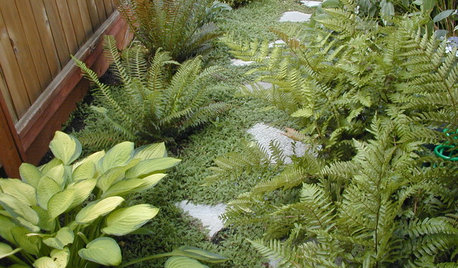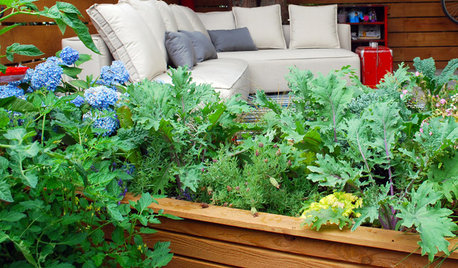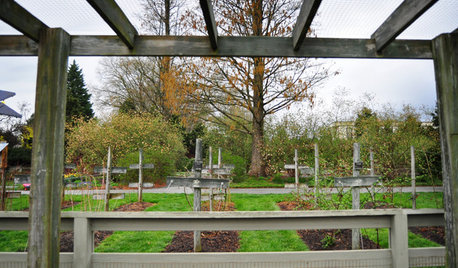weed killer for a vegetable garden
cherielynnae
15 years ago
Related Stories

EDIBLE GARDENSNatural Ways to Get Rid of Weeds in Your Garden
Use these techniques to help prevent the spread of weeds and to learn about your soil
Full Story
GARDENING GUIDES5 Ways to Naturally Win the Weed War
Show irksome weeds no mercy with these tricks for combating them sans chemicals
Full Story
GARDENING GUIDESWeed War: When and How to Use Chemical Herbicides
Before you spray, arm yourself with knowledge about which weed killers — natural or synthetic — are right for your yard
Full Story
GARDENING GUIDESLet's Weed Out 4 Native Plant Myths
Plant wisely for a garden that supports pollinators and requires less work
Full Story
GARDENING GUIDESTackle Weeds the Natural Way
Instead of dousing your yard with chemicals to wipe out weeds, let time and nature work their magic via smothering and solarization
Full Story
LANDSCAPE DESIGN6 Great Ways With Garden Ground Covers
Use them as problem solvers, weed killers, color and texture providers ... ground cover plants have both practical and visual appeal
Full Story
MOST POPULARHow to Start a Cool-Season Vegetable Garden
Late summer and late winter are good times to plan and plant cool-season crops like salad greens, spinach, beets, carrots and peas
Full Story
EDIBLE GARDENS8 Surefire Vegetables and Herbs for Beginning Gardeners
Learn the edible plants that are popular and easy to grow in a backyard or container garden
Full Story
GARDENING GUIDESStep Right Outside for Fresh Herbs and Vegetables
Decks and patios can be convenient spots for edibles, and sometimes they even offer advantages over backyard gardens
Full Story
GARDENING AND LANDSCAPINGVegetable Growing Lessons From Longwood Gardens
Get ideas for your own edible landscape from a Pennsylvania showpiece and teaching garden
Full Story







Beeone
rj_hythloday
Related Professionals
Citrus Heights Landscape Architects & Landscape Designers · South Elgin Landscape Architects & Landscape Designers · Bell Gardens Landscape Contractors · Bound Brook Landscape Contractors · Davis Landscape Contractors · Dunwoody Landscape Contractors · Natick Landscape Contractors · New Baltimore Landscape Contractors · North Chicago Landscape Contractors · Pahrump Landscape Contractors · View Park-Windsor Hills Landscape Contractors · Hawaiian Gardens Landscape Contractors · Clermont Driveway Installation & Maintenance · Grayslake Driveway Installation & Maintenance · Royal Oak Driveway Installation & Maintenancesquashbug
kayhh
grandpop1
stephen_albert
pushindirt
belindach
gr8atweeds
gumby_ct
naturegirl_2007 5B SW Michigan
glib
hiites
knittlin